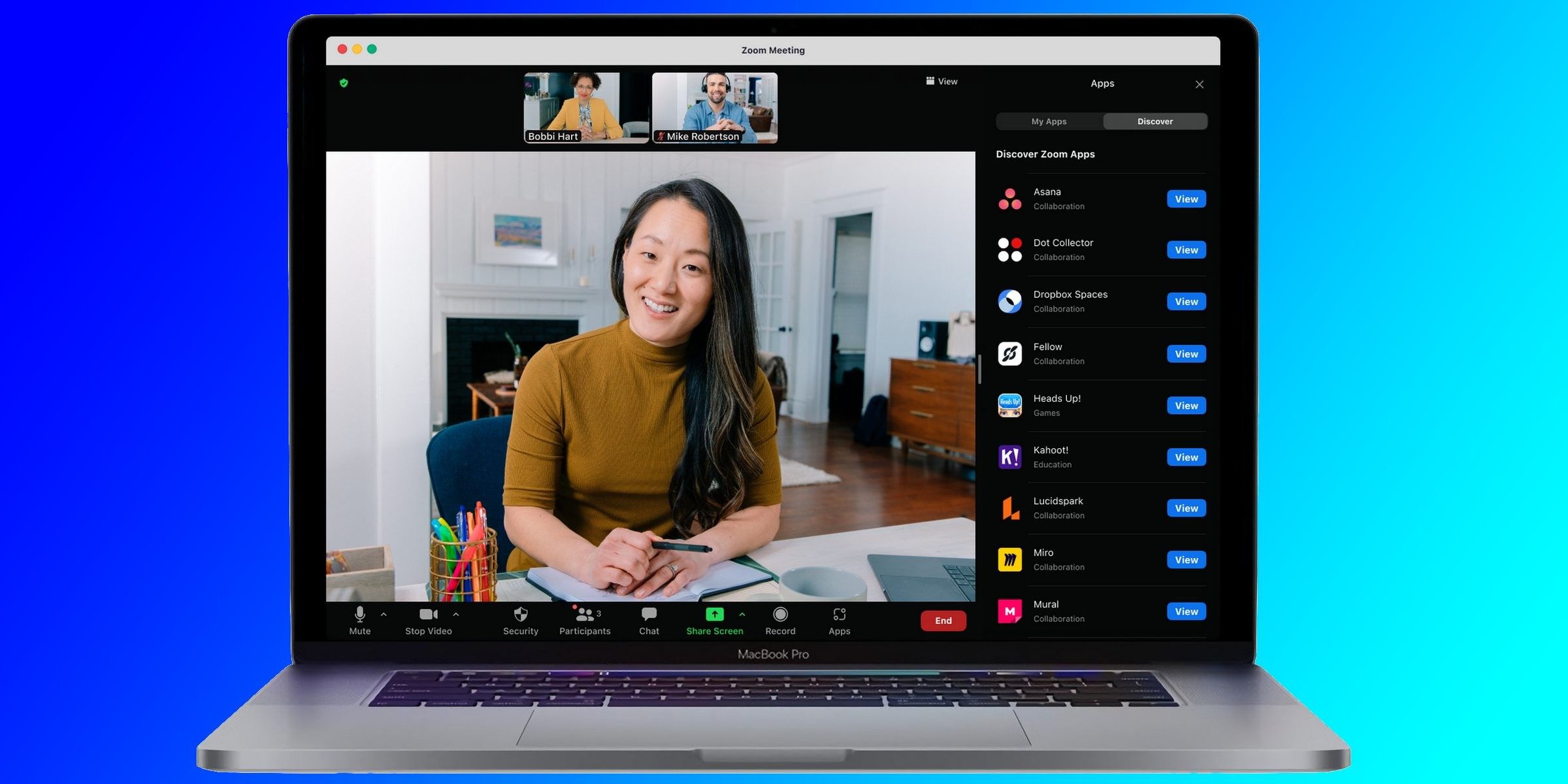Zoom has been one of the most popular video chat apps over the last year and a half, and in an effort to keep growing the platform, some users will now see advertisements on the website for the first time. While Zoom has been around since 2011, the application skyrocketed in 2020 thanks to the effects of COVID-19. Whether people are remotely working, attending virtual classes, or having long-distance family gatherings, Zoom’s been the go-to platform for millions of users.
Overall, Zoom is really well-rounded video chat service. It’s available on virtually all operating systems, is simple enough for casual calls, and has robust tools for professional use. This flexibility is also seen in Zoom’s pricing. Anyone can use Zoom for free with user and time restrictions. If someone needs greater flexibility, they can pay between $15 and $20/month per user for features like social media streaming, expanded group calls, recorded transcripts, etc.
The free Zoom experience is a fine solution for casual calls, but soon, that free tier is about to change in a big way. On November 1, 2021, Zoom announced it’d begun rolling out a “pilot advertising program” through which it’ll show in-app ads to Basic users (aka ones that are using Zoom for free). Per Zoom’s chief marketing officer, Janine Pelosi, this is a necessary move in order for Zoom to “continue to provide our products and services to our users, drive innovation, and add even more value.”
What To Expect From Ads In Zoom

To kickstart the program, Zoom is only showing ads on the browser page users see after they end a meeting. Zoom reinforces that these ads are only present to free Basic users “in certain countries” if they join a meeting hosted by other Basic users. Zoom doesn’t specify which countries the ads are initially coming to, though it’s safe to assume they’ll eventually roll out to all markets where the app is available.
Zoom’s also doubling down on the privacy and user choice aspect of these ads. Per the company’s updated Privacy Statement, it will not use “meetings, webinar, or messaging content (specifically, audio, video, files, and messages) for any marketing, promotions, or third-party advertising purposes.” Zoom users will also see a banner on the website to access a cookie management tool where they choose to enable or disable them.
This news may come as a bummer to anyone using the Basic version of Zoom, but it’s also not very surprising. Prior to this change, Zoom wasn’t making any money off the millions of people using its platform for free. If the company wants to stick around for years to come, integrating ads is an expected shift.





